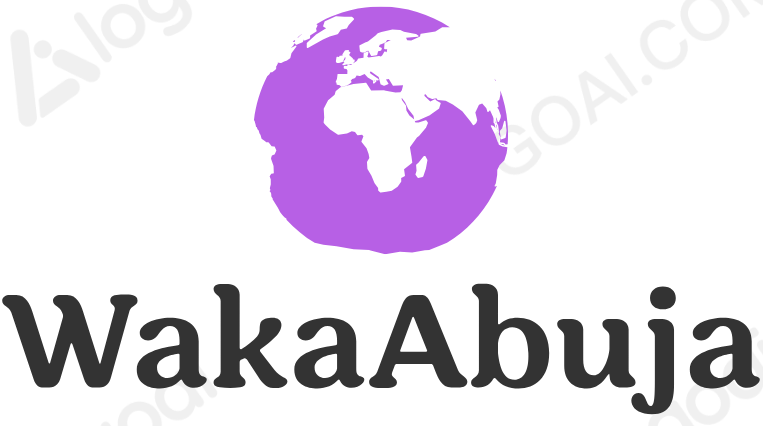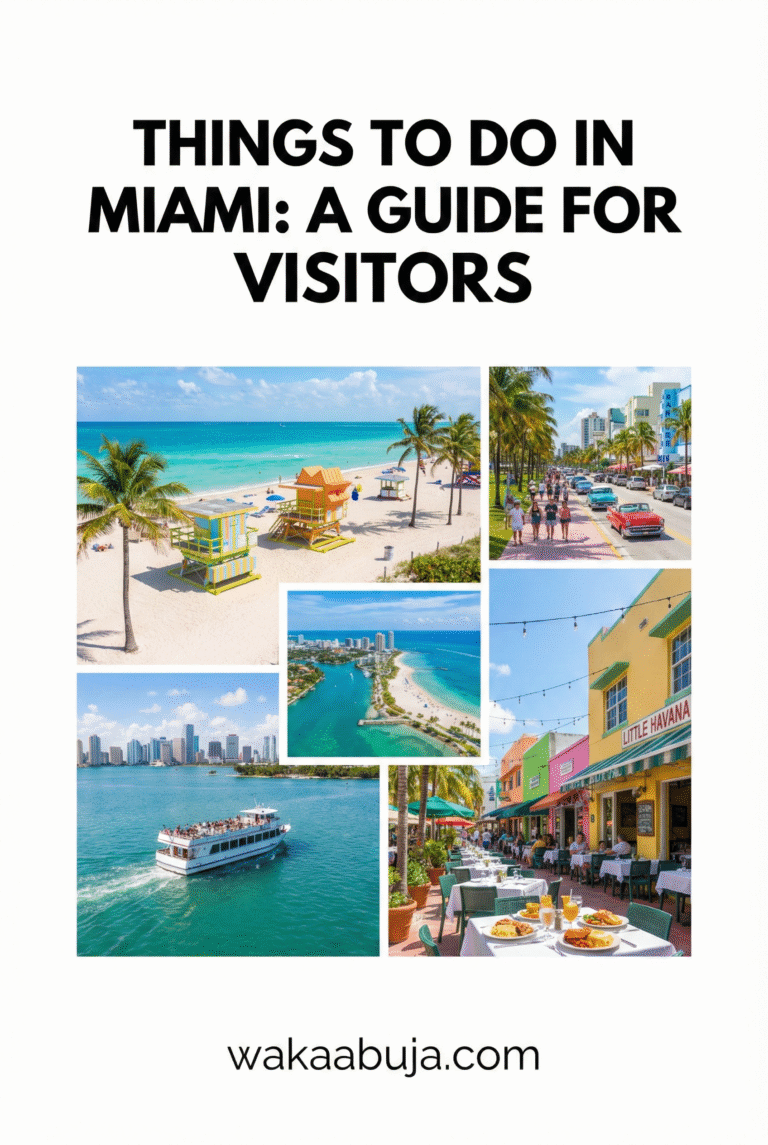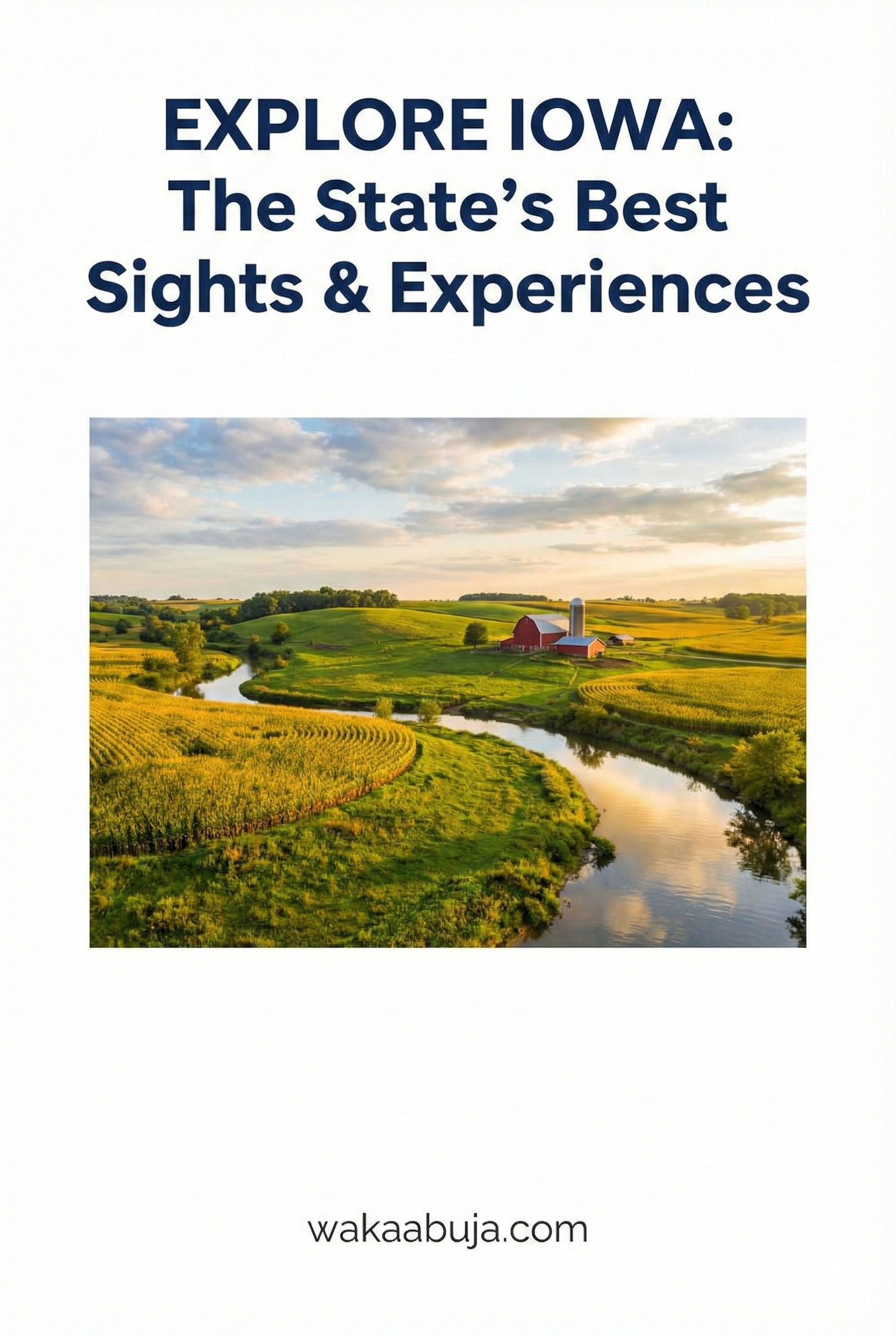TL;DR
Zion National Park is a breathtaking blend of towering red cliffs, lush canyons, and adventurous trails. This guide delivers everything you need—from the best time to visit and how to get around to local hiking insights, safety tips, lodging advice, budgeting, and must-do tours.
Whether you’re a seasoned hiker or a casual visitor, my personal experiences and pro tips will help you make the most of your trip with confidence and ease.
What Makes Zion National Park a Must-Visit?
Zion National Park stands out for its dramatic sandstone cliffs, diverse ecosystems, and access to iconic hikes like Angels Landing and The Narrows.
It offers something for everyone—scenic drives, adventurous hikes, family-friendly trails, and incredible photo opportunities. Visiting at the right time, staying in smart accommodations, prioritizing safety, and having insider knowledge unlock an unforgettable experience.
Optimal Times to Explore Zion & How to Arrive Smoothly
Best Seasons & Crowd Insights
Spring (March to May) and Fall (September to November) bring the best weather: mild temperatures, blooming flora, and manageable crowds. Summer is hot and busy—with highs often surpassing 100°F, but it’s perfect for water-based hikes like The Narrows. Winter is quiet, revealing a serene park dusted in snow but with more limited access.
Getting There: Transportation Essentials
Zion is located in southwestern Utah, best accessed by car or shuttle from nearby hubs:
Official website for shuttle info: Zion Shuttle System
Unmissable Attractions and Activities in Zion
Hiking Highlights I Recommend
After exploring Zion several times, here are my favorites for all skill levels:
Scenic Drives and Photography Spots
The Zion-Mount Carmel Highway offers iconic panoramas with plenty of viewpoints. Don’t miss Court of the Patriarchs and Checkerboard Mesa for unforgettable photos. For sunset enthusiasts, Canyon Junction Bridge is unparalleled.
Pro tip: Arrive before dawn for less crowded photo opportunities and peaceful hikes.
Accommodation Options Tailored to Your Travel Style
Budget Breakdown & Smart Money-Saving Tips
For budget travelers, camping combined with groceries can bring costs down significantly. Booking lodging well in advance and avoiding peak weekends also helps.
Navigating Zion: Shuttle Systems, Hiking, and Driving Tips
If you visit in winter or want to venture beyond Zion Canyon (Kolob Canyons or Kolob Terrace Road), rental cars or personal vehicles are necessary. Roads are well-marked, and GPS works reliably.
Pro tip: Use early morning and late afternoon shuttle rides to avoid crowds. Bring refillable water bottles to stay hydrated on the go.
Recommended Tours and Unique Experiences
Most tours require advance booking—recommend securing spots 2-3 months ahead in high season.
How Long Should You Stay? Crafting Your Ideal Zion Itinerary
- A full day hiking Angels Landing and Canyon Overlook
- A day to explore The Narrows and Emerald Pools
- A scenic drive and downtime in Springdale
- Optional tours or additional hikes based on interest
Short on time? A dedicated 2-day visit focusing on must-see hikes and scenic viewpoints can still be rewarding.
Essential Safety Tips and Emergency Contacts During Your Visit
- Park Emergency Dispatch: 435-772-3320
- Zion Visitor Center: 435-772-3256
- Ranger Station Info: ziona_info@nps.gov
Don’t hesitate to ask rangers for advice or alerts—they’re incredibly knowledgeable and friendly.
Interactive Map and Directions
Insider Insights & Pro Tips for a Memorable Zion Visit
- Start hikes early to beat heat and crowds, especially Angels Landing.
- Bring layered clothing even in summer mornings; temperature swings can be sharp.
- Use the free recycle bin system religiously—the park’s wilderness depends on every visitor’s care.
- Cafes in Springdale offer excellent post-hike meals; don’t miss switching between local brews and fresh desert flavors.
- Respect the wildlife and never feed animals—even seemingly tame squirrels and birds can be dangerous.
Frequently Asked Questions About Visiting Zion National Park
Do I need a permit for Athe AngelsLanding hike?
Yes. Since 2022, a permit lottery system manages Angels Landing safety and overcrowding due to its popularity. Apply online months ahead via Recreation.gov.
Is Zion National Park wheelchair accessible?
Yes. Several shuttle stops, visitor center areas, and paved trails like Pa’rus Trail offer wheelchair access. Check the NPS website for comprehensive ADA facility maps.
What should I pack for hiking in Zion?
Essential items include sturdy hiking shoes, layered clothing, sun protection (hat, sunscreen), plenty of water, a map or GPS device, snacks, and a small first aid kit. For water hikes, waterproof footwear or neoprene socks are recommended.
Are pets allowed inside Zion National Park?
Pets are only allowed in developed areas, campgrounds, and the Pa’rus Trail. They are restricted from all other trails and shuttle buses to protect wildlife and park resources.
WakaAbuja has made every effort to ensure that the information in this post was correct at the time of publication. However, we do not assume any liability caused by errors such as pricing, hours, or location details.
Please consult official websites or social media pages for the most up-to-date information.



